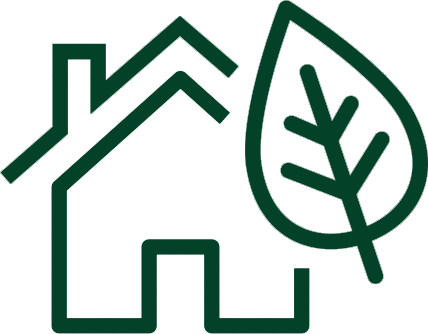If you have solid walls, then they’re almost certainly not insulated – but the first thing you need to find out is what sort of walls you have. If you can see the brickwork on the outside of the house, look at the pattern of the bricks as this can show how the wall has been built. If your home has solid walls, the bricks will have an alternating pattern, with some bricks laid across the wall so you can see the smaller ends from the outside. For brick-built homes, you can also tell by checking the thickness of your external walls. Do this by measuring them in an external doorway or window; if a wall is less than 10 inches thick, it’s probably solid. Other property types are also classed as “Solid Walls” under ECO Scheme which is Steel Framed, Poured Concrete and Timber Framed Construction (where the inner leaf of wall construction does not have insulation inbetween the timber battens).





